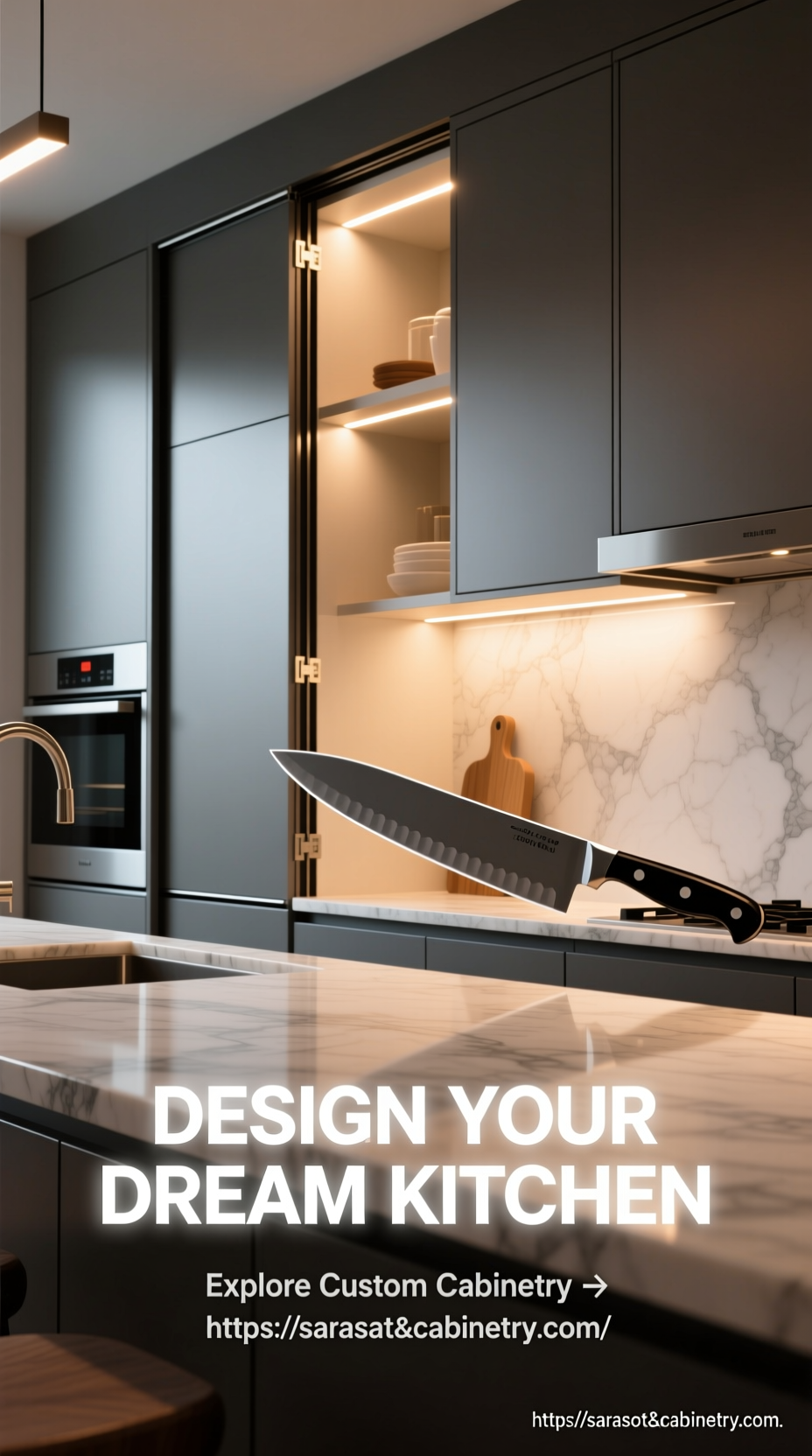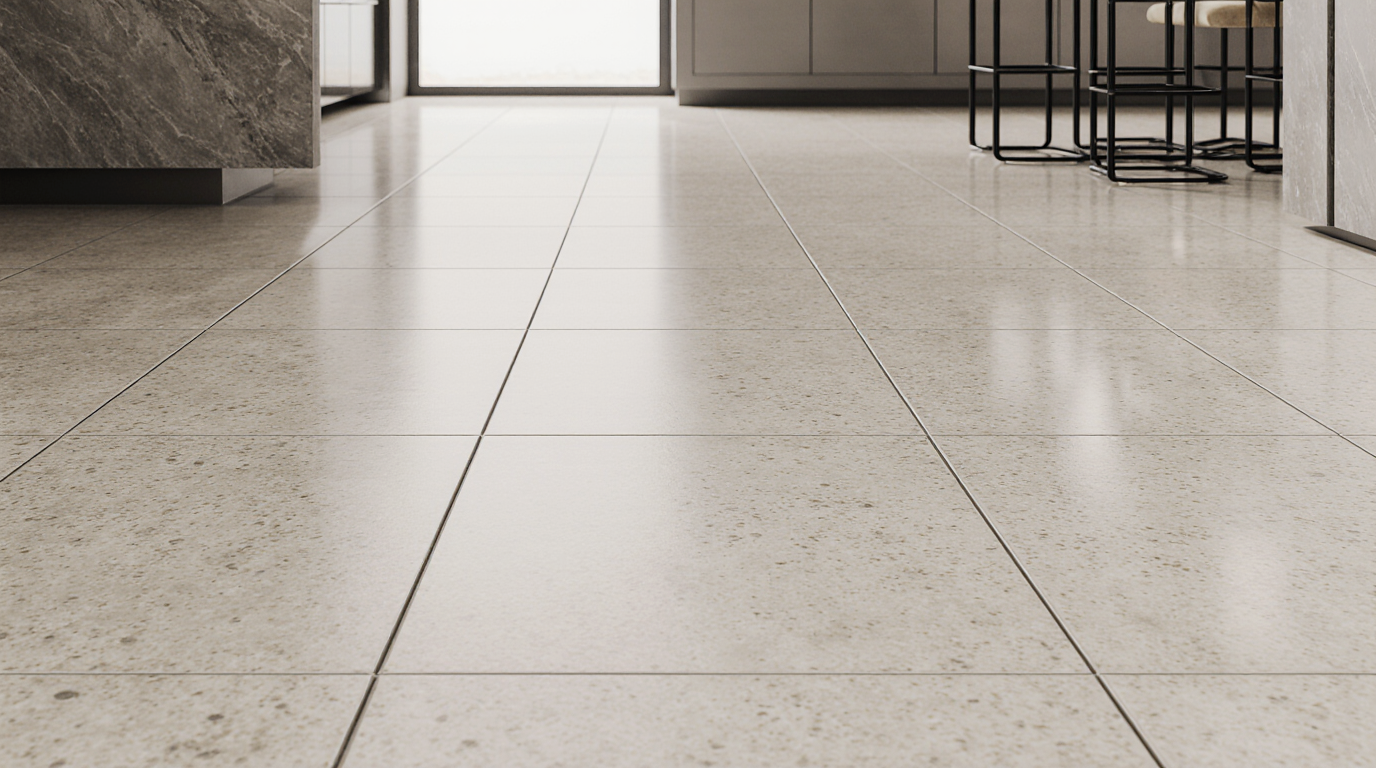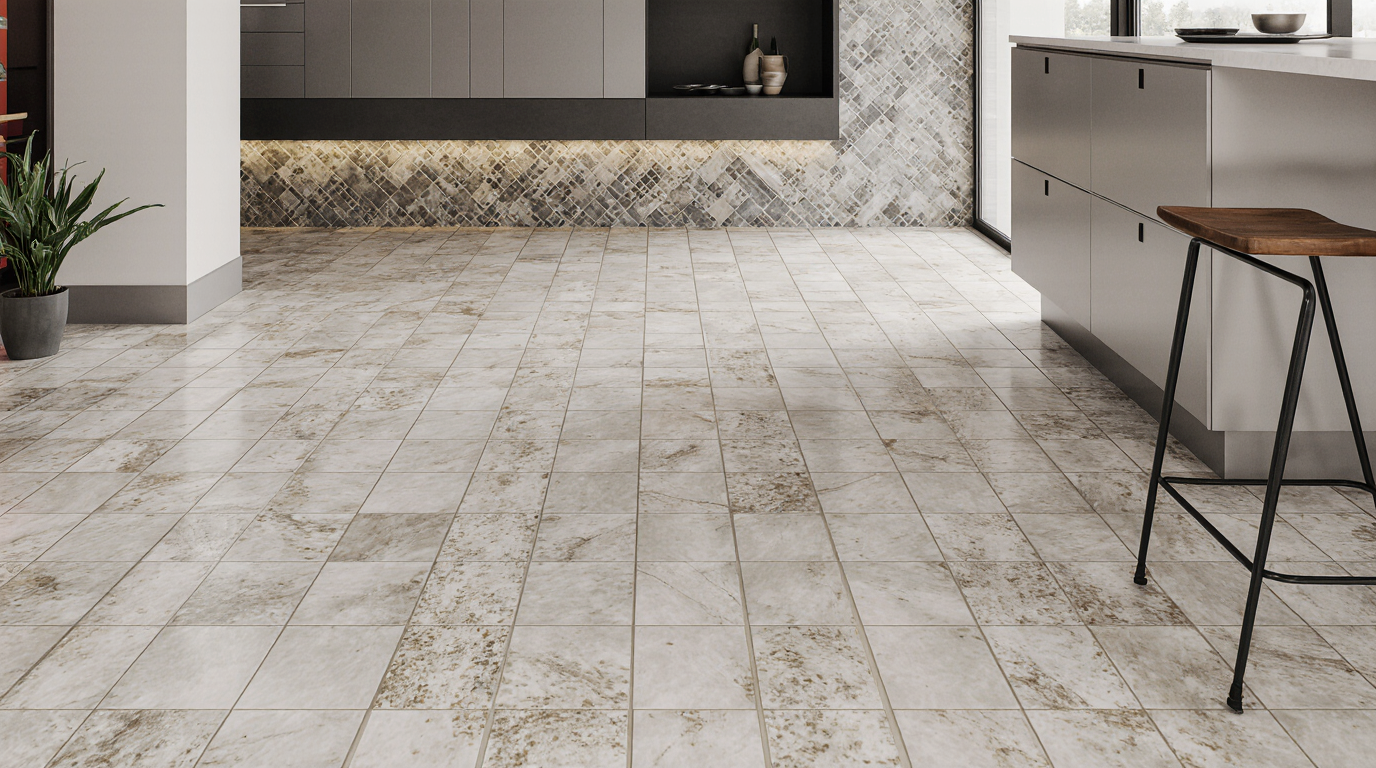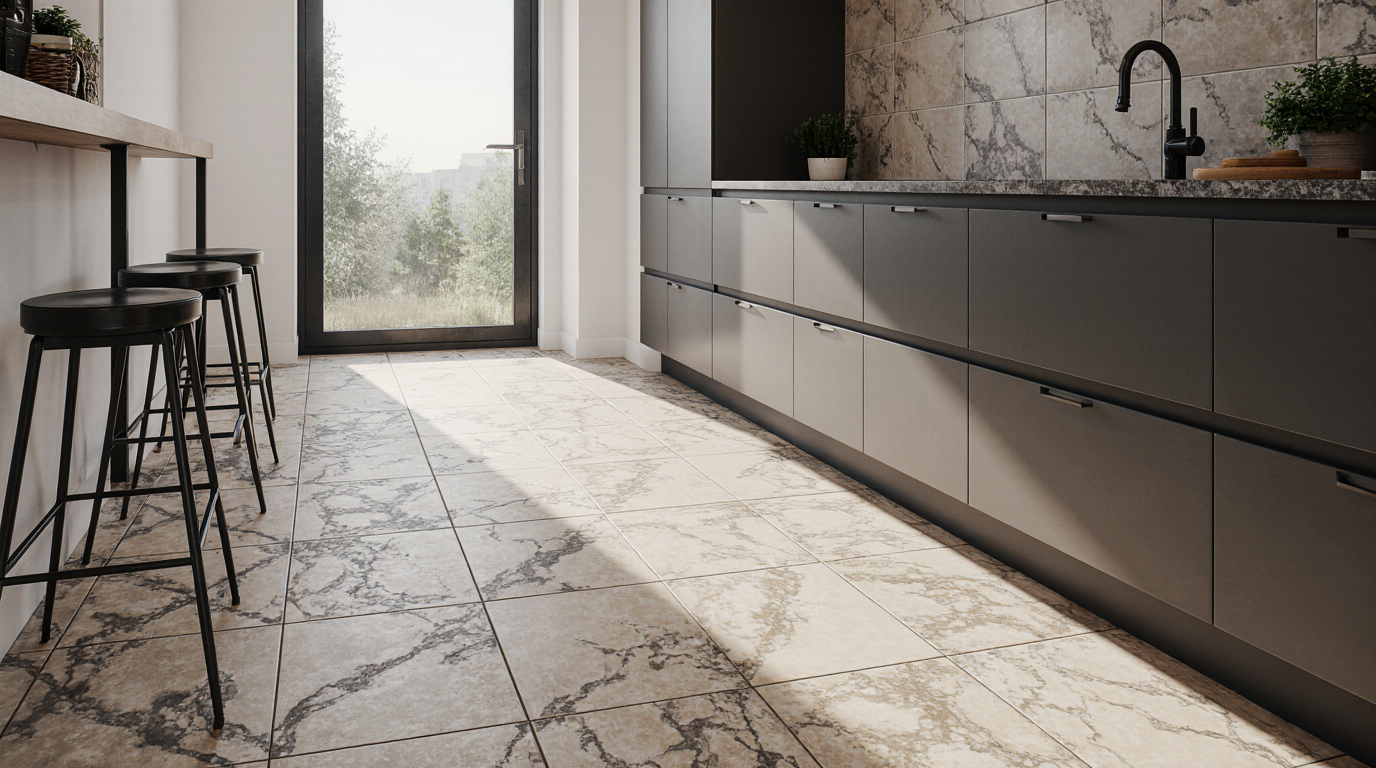Kitchen Floor Tile Patterns
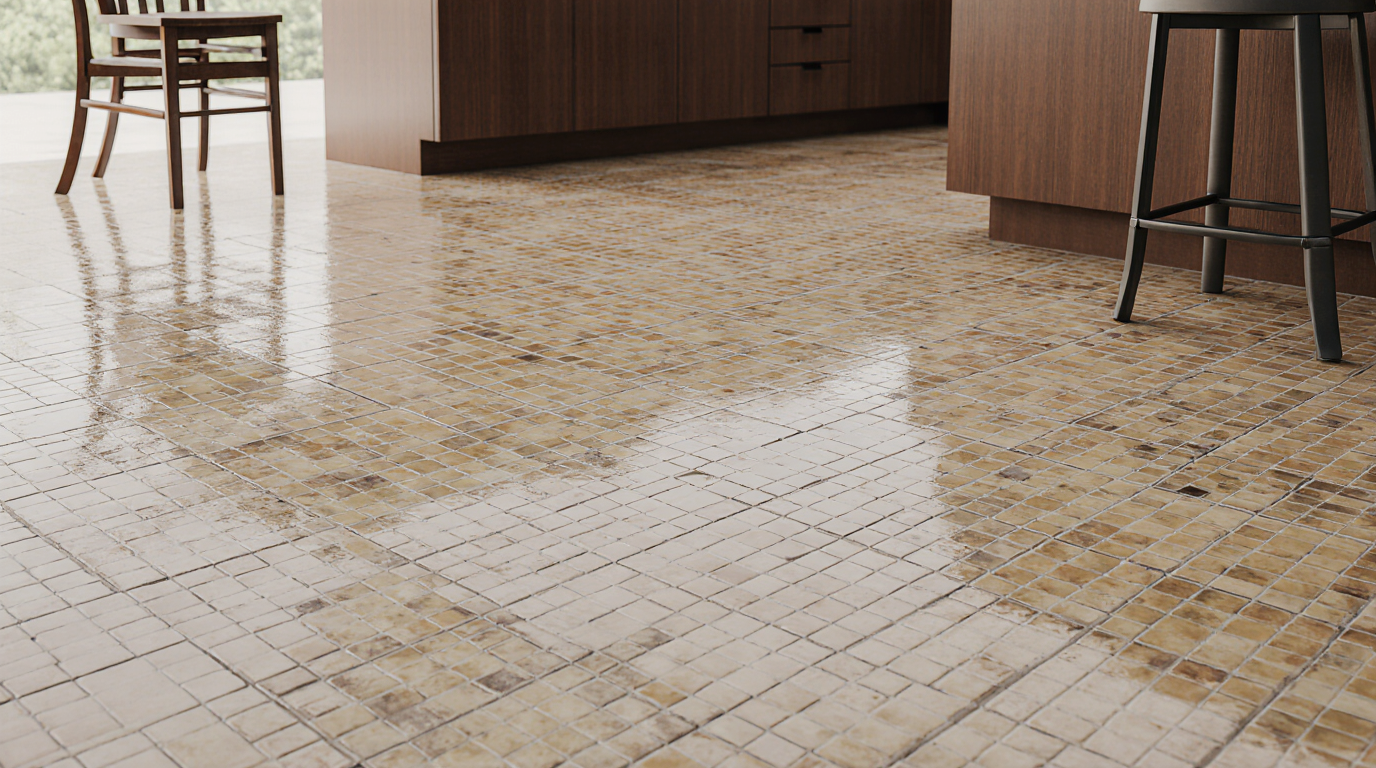
Inspiring Kitchen Floor Tile Patterns: Elegant And Contemporary Design Ideas
When it comes to designing a kitchen space, the floor often serves as the foundation of the entire aesthetic, kitchen floor tile patterns can dramatically transform the feel of a room, creating a sense of elegance, warmth, or modern sophistication depending on the materials and designs chosen. From timeless classic layouts to bold contemporary arrangements, selecting the right pattern can elevate your kitchen from ordinary to extraordinary, offering both visual appeal and functional durability. Tile flooring’s adaptability provides limitless possibilities, enabling creative combinations of color, material, and geometry that balance individuality with usability.
Herringbone layouts are among the most revered designs, creating dynamic visual movement and sophistication on kitchen floors. With its woven-like alignment, herringbone delivers an upscale, refined aesthetic that elevates the visual impact of any kitchen without overpowering other elements. Herringbone kitchen tiles are often laid using elongated rectangles, either in wood-look ceramic or porcelain, giving the room a sense of continuous flow and visual interest. The layout’s adaptability makes it perfect for kitchens of varying dimensions, blending durability, elegance, and effortless upkeep for active households.
Timeless and versatile, checkerboard tile arrangements lend kitchens a nostalgic yet polished look. Typically created using alternating black and white tiles or contrasting neutral shades, the checkerboard effect evokes a sense of nostalgia while maintaining a crisp, clean aesthetic. This enduring pattern provides a canvas for creative design, adaptable to both contemporary and traditional kitchen settings. Through thoughtful adjustments in color or material, checkerboard flooring can serve as a focal point that enhances the room’s character and functionality.
Using polygonal and angular tile designs provides a modern twist, transforming floors into visually dynamic features. Polygonal tiles, including hexagons and triangles, create architectural interest while allowing for intricate color and material experimentation. When paired with coordinated backsplash or feature walls, geometric patterns command attention and define the space with artistic precision. The interplay of geometric flooring with smoother, tactile surfaces produces a sophisticated tension, enhancing depth, dimension, and visual intrigue.
Subway tile patterns are another hallmark of sophisticated kitchen design. While traditionally associated with walls, subway tiles can also be adapted for flooring to achieve a clean, linear aesthetic. Classic or staggered arrangements highlight the tile’s form, introducing understated sophistication that integrates seamlessly with multiple design motifs. Choosing muted colors or natural stone finishes enhances the understated elegance of the layout, while glossy surfaces reflect light to make the room feel brighter and more spacious.
When artistry meets function, mosaic patterns provide a unique opportunity to craft floors that are both resilient and visually captivating. By assembling numerous miniature tiles, mosaics deliver complex patterns, color transitions, and visual narratives that elevate kitchen flooring into art. Beyond their aesthetic appeal, mosaic kitchen tiles are highly functional, providing slip resistance and resilience in high-traffic areas. Mosaics’ multi-material composition delivers both dimensionality and sensory engagement, turning every step into an aesthetic experience.
Expansive tile formats establish uninterrupted surfaces, conveying modernity, simplicity, and luxury in the kitchen. When paired with subtle tile patterns, these oversized options reduce grout lines, resulting in a sleek, modern look that is easy to maintain. Stone-effect or porcelain large tiles evoke sophistication, complementing cabinetry and accent pieces with neutral, adaptable hues. Patterned arrangements with large tiles, such as diagonal layouts or staggered grids, can add depth and dynamism to the space, ensuring that even minimalistic kitchens remain visually engaging and stylish.
Subtle variations in tone, gloss, and material can transform a standard floor into a multidimensional design statement. Blending soft, neutral textures with bold, shiny highlights creates a dynamic interplay that enhances perception of space and sophistication. Borders, medallions, and inset designs can delineate functional zones and add subtle artistry to kitchen floors. Grout in complementary or contrasting shades enhances geometry and detail, elevating flooring from utility to artistry.
The ultimate decision in kitchen flooring reflects the convergence of beauty, usability, and personal design philosophy. No matter the pattern—checkerboard, geometric, or mosaic—the decision conveys taste, sophistication, and careful consideration of space and function. A thoughtfully patterned floor turns the kitchen into an immersive, elegant, and practical setting that reflects personality and style. Well-planned tile choices enhance functionality, longevity, and visual impact, ensuring the kitchen remains a harmonious and inspiring space.

